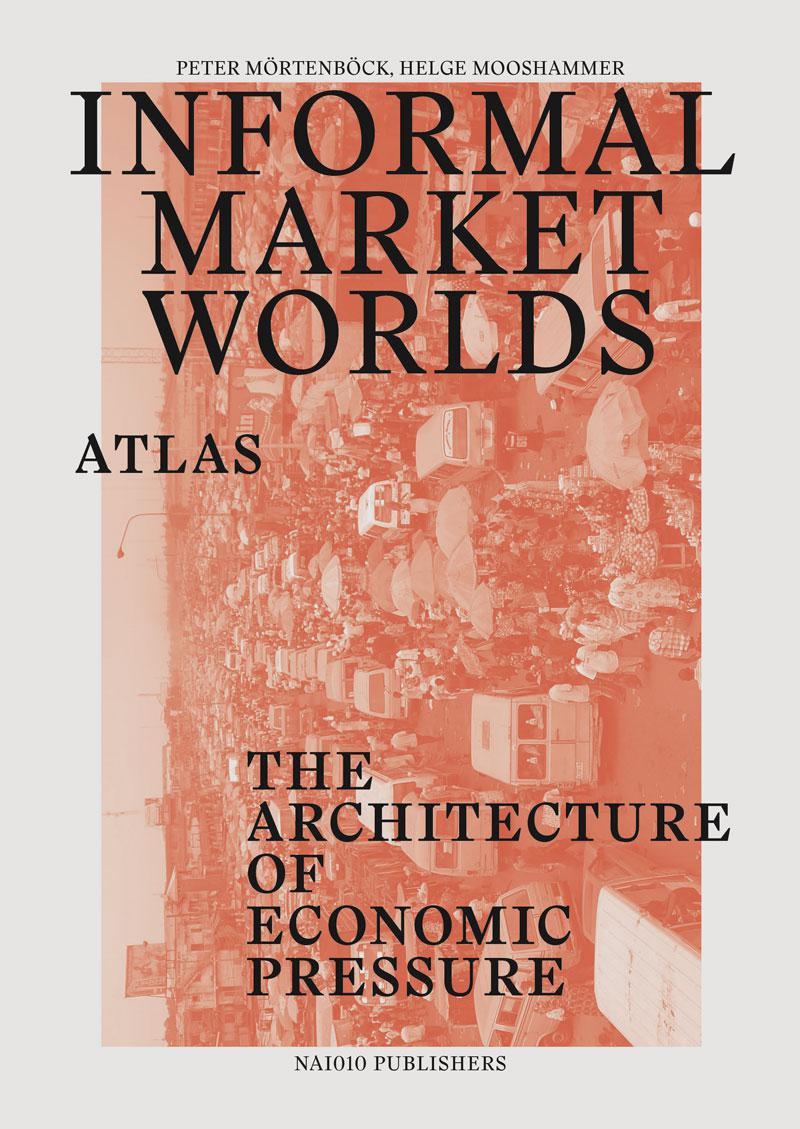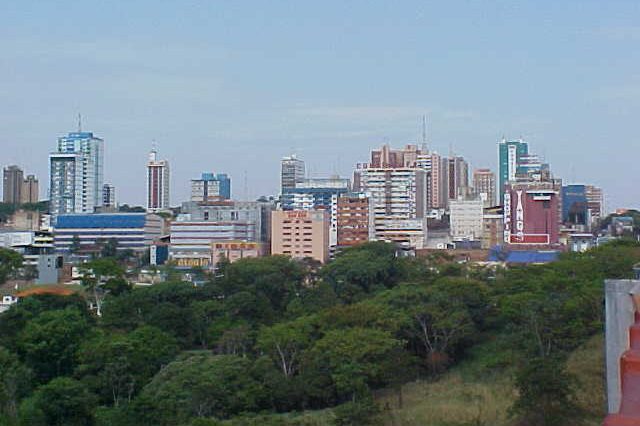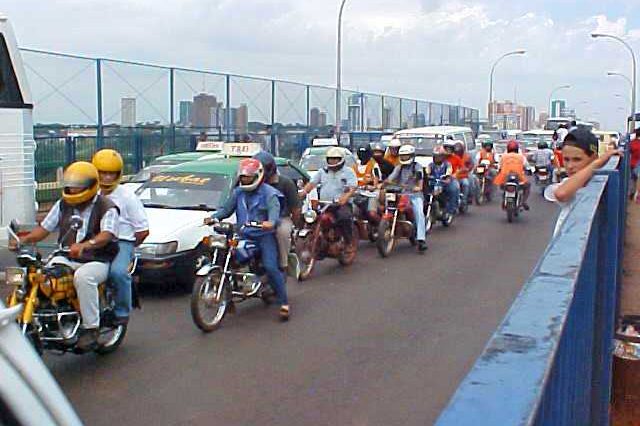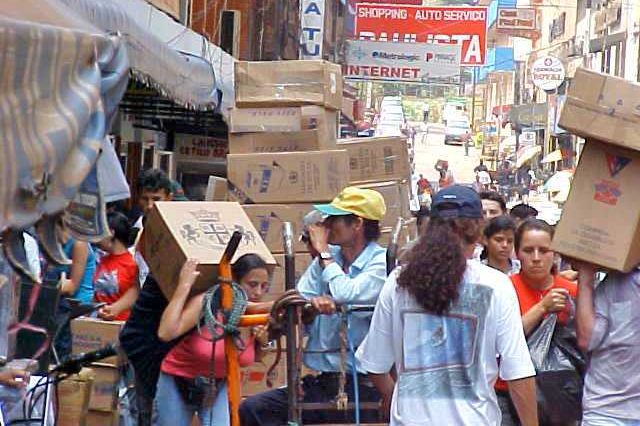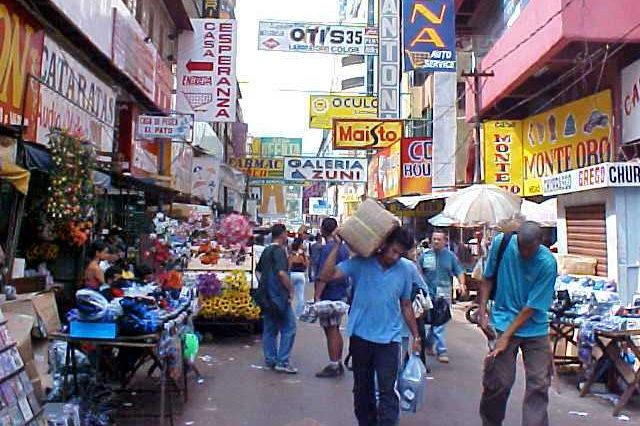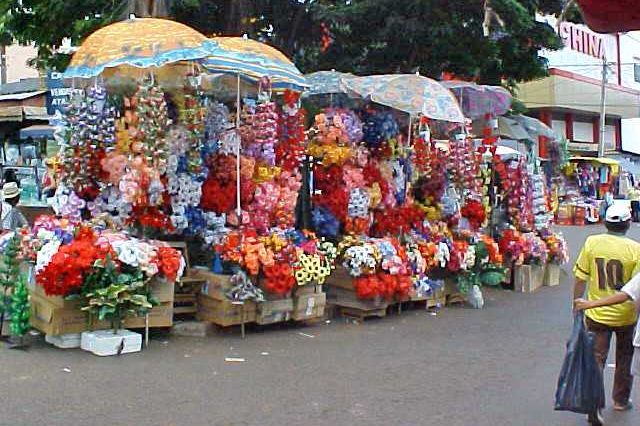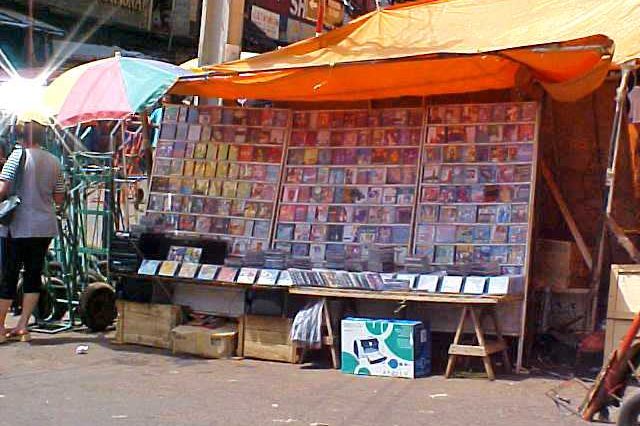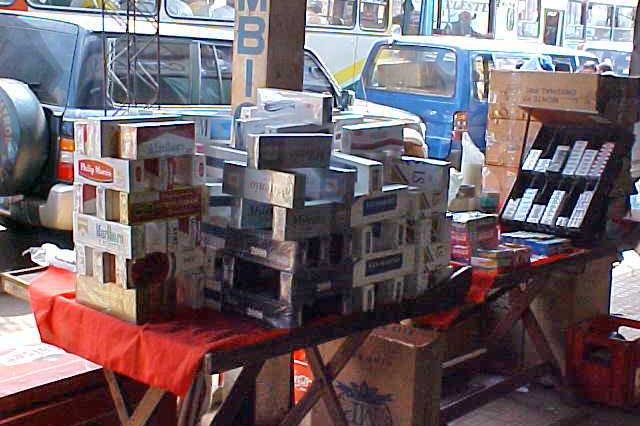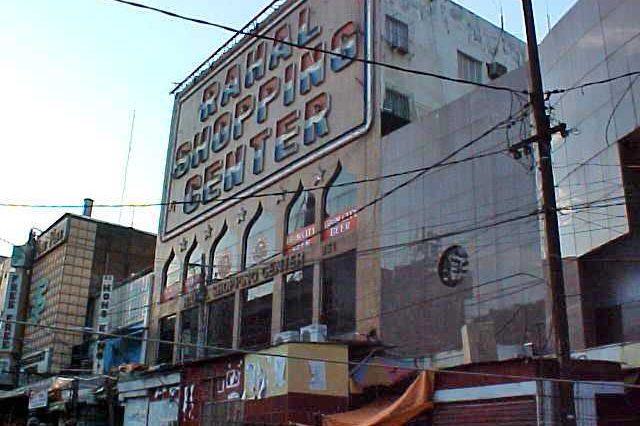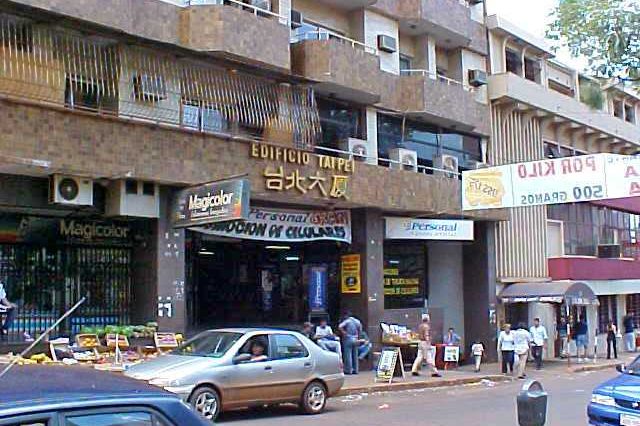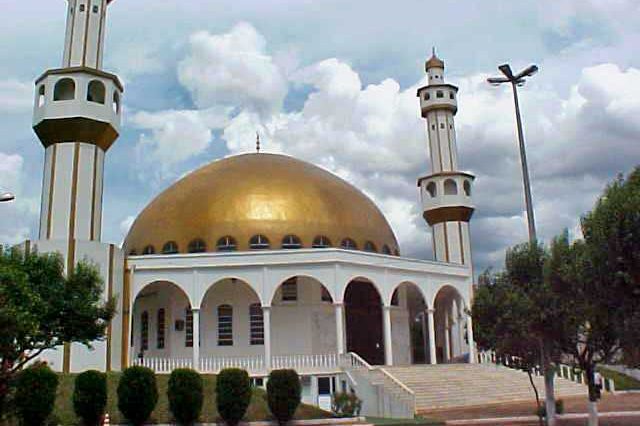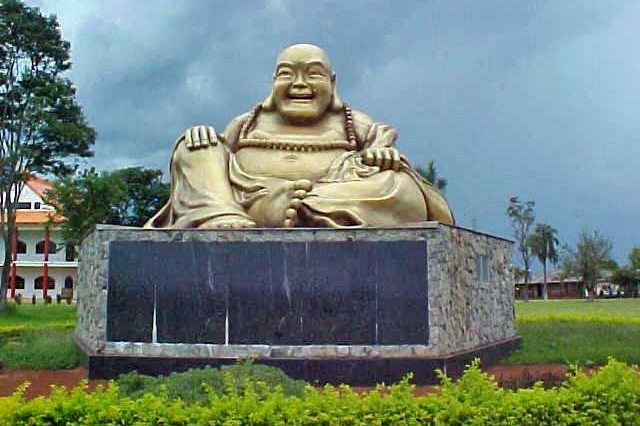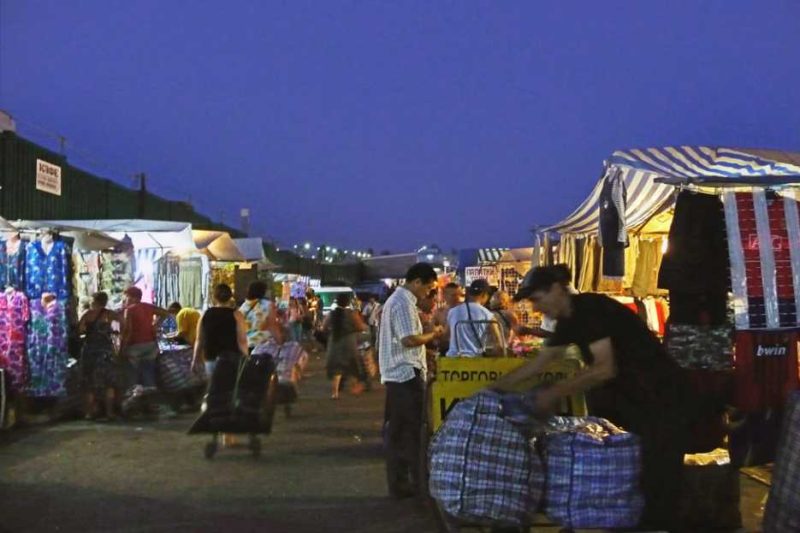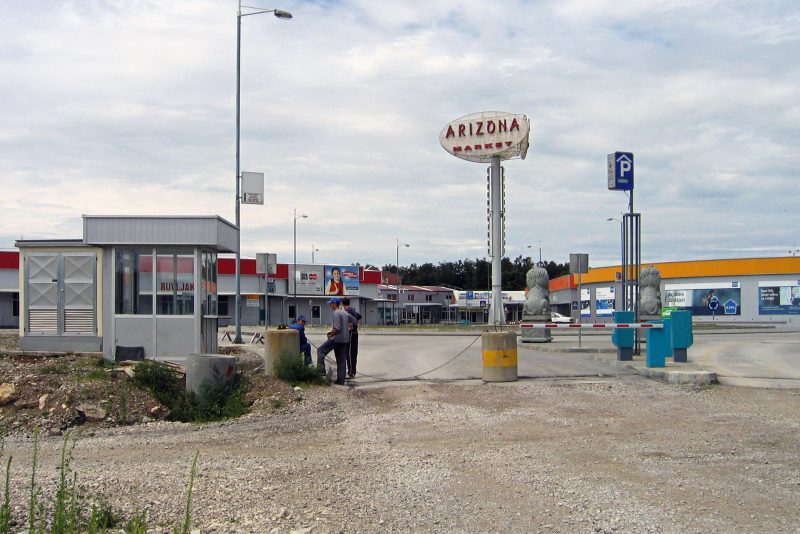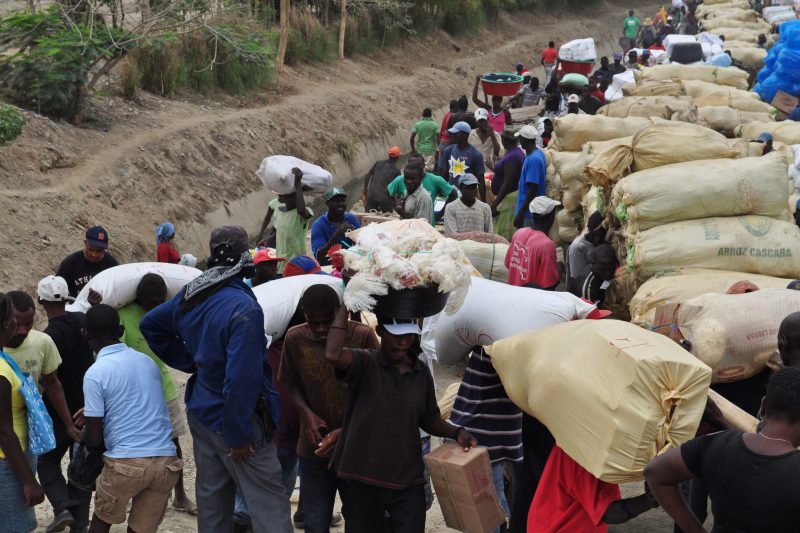- TRANS-NATIONALITY: LEGAL ARCHITECTURES
- FWF
- 2010-2015
- Other Markets
Case Study: Ciudad del Este Market
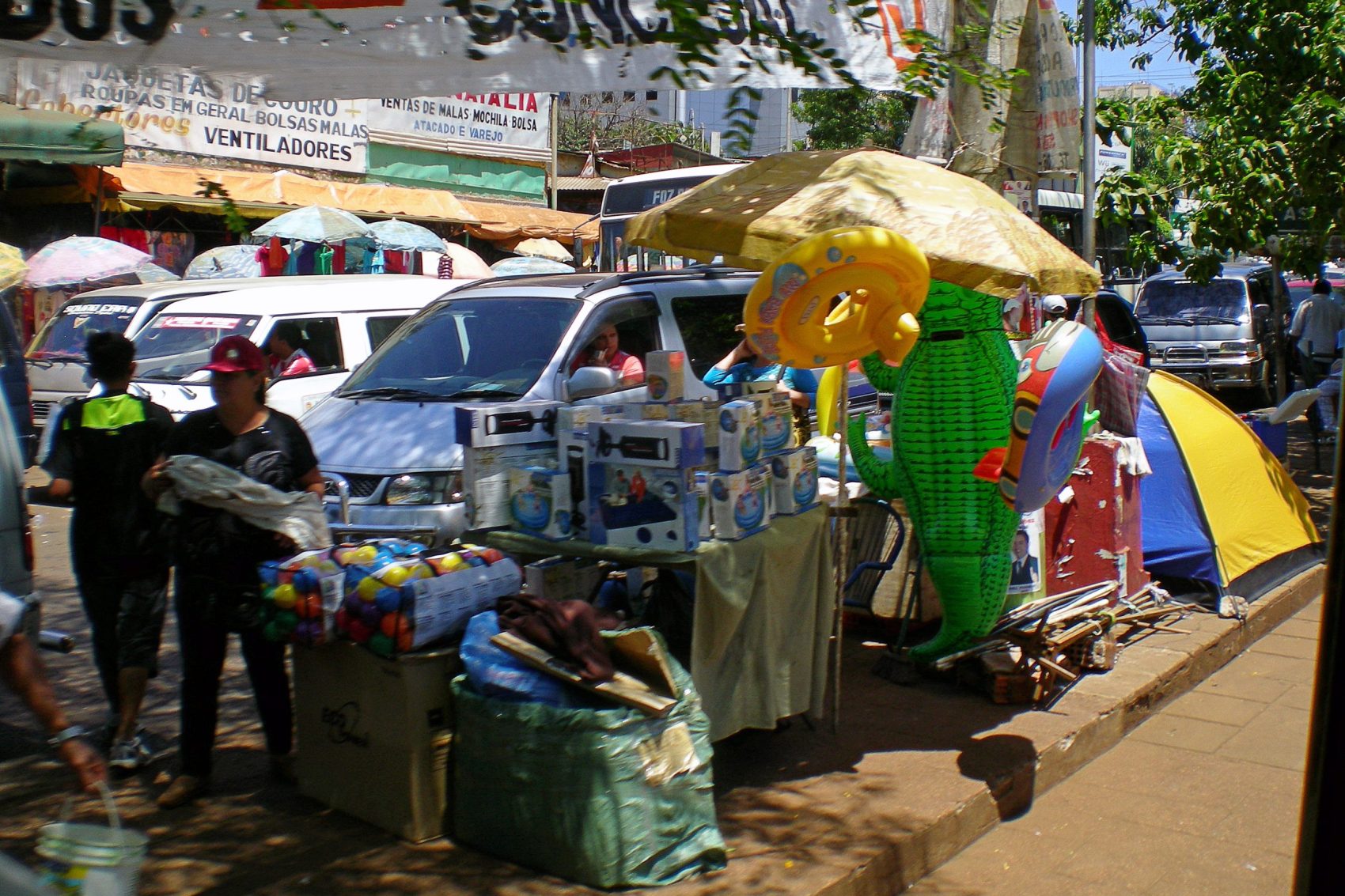
Ciudad del Este, Paraguay, 2001
CIUDAD DEL ESTE MARKET IN THE TRI-BORDER REGION OF PARAGUAY, BRAZIL AND ARGENTINA
The borders of Paraguay, Brazil and Argentina converge at the confluence of the Parana and the Iguassu rivers. Since the end of the 1960s, this region has become an important commercial hub, with Ciudad del Este being the latest city to be founded (in 1957). Its development is tied to the construction of the corridor leading from the center of Paraguay to the coast of Brazil. Today, Ciudad del Este is the second city of Paraguay, both in demographic and in economic terms.
The center of Ciudad del Este has developed at the head of the Friendship Bridge that connects it with the Brazilian city of Foz do Iguaçu. It forms a compact commercial area that started as a shopping tourist destination at the end of the 1960s. The Friendship Bridge has been crucial for both the flow of Brazilian merchandise into Paraguay and for the import of goods from across the world, especially from China and East Asia, into Brazil, sold on in Ciudad del Este to traders from all around Brazil.
The market of Ciudad del Este combines street stalls, shops, arcades and shopping centers. Here, irregular appropriation of public space occurs not only at the level of street hawking but also by powerful political actors building shops and malls. Being dependent on buyers from the other side of the border, a range of services involving carriers, transport and storage have developed at both sides in order to facilitate the trade across the border. The large scale of the market operations is supported by a parallel system of mobile vendors providing food and other services to workers and traders in the market.
Location(s):Tri-Border Region, PARAGUAY, BRAZIL AND ARGENTINA
On-Site Collaborator:FERNANDO RABOSSI
Photography: FERNANDO RABOSSI
Results of this case study were published in:
Migrant groups actively participate in the commercial activities at both sides of the border, especially Lebanese and Chinese traders. Their presence leaves its mark on the city, making itself manifest in commercial structures as well as in religious and other material inscriptions, such as the statue of Chiang Kai Shek in the main square of Ciudad del Este. Other examples include the Taipei building or the Rahal Shopping Center in Ciudad del Este and Pu-Tai (the Laughing Buda) at the Buddhist Temple or the Prophet Mohammed mosque in Foz do Iguaçu.
CONTRIBUTOR(S)
Fernando Rabossi
Department of Cultural Anthropology
Universidade Federal do Rio de Janeiro (UFJR), Brazil
